- Home »
- Information »
- Spaghetti Squash
Spaghetti Squash
Cucurbita pepo
Ivory to pale yellow winter squash that produces spaghetti-like strands when cooked. Has the size and shape of a rugby ball.
Seed Availability
Seeds are now available at our seed store.
Description
A fast climbing, self-fertile, annual reaching up to 5m. The plant is frost tender and seeds should be sowed directly outside after last frost when soil temperatures are above 60F. Flowers produce in July through September with fruits ripening in fall to winter. The fruit is considered ripe when the flesh is ivory or pale yellow in color. If green is still present, the fruit is not ripened. Avoid fruits with bruised spots on the flesh. Plants produce 5-7 fruits and can be stored for long periods of time. 90-100 days to maturity.
Hardiness
Not frost hardy. Grown as an annual.
Growing Environment
Plants can tolerate a range of soil, but does best in well-drained, moist, and warm areas receiving part to full sun. For maximum plant success plant pumpkin species next to nasturtium, mint, or beans and keep plants away from potato species.
Propagation
By seeds.
Uses
This squash has become popular in recent years as it contains few calories and little fat. It has a mild flavor and is excellent baked, fried, or even as a pasta substitute. To prepare pierce the rind several times with a fork or skewer. Place in a microwave and heat on high for 1-2 minutes to soften the skin. Cut in half lengthwise. Remove the pulp and seeds. Place halves in water, cover, and steam, either on the stovetop or in the microwave for 7-10 min. Once steamed, separate the flesh with a fork into spaghetti-like strands. Add seasonings and enjoy! The seeds are high in Zinc and are used in some cultures to rid individuals of parasites, specifically tapeworms. The leaves as well as the sap of the plant have been used to soothe and heal burns. The pulp has been used to reduce intestinal inflammation.
Native Range
Exact origin is not know, but is suspected to be from the Americas. It is now cultivated throughout the world. This plant is so closely related to the common pumpkin that it does not have a separate name. To distinguish between a pumpkin and a squash look at the fruit stalk. Squashes will have a soft and round stalk while pumpkins will have a thick angular stalk.
Related Species
| Cucurbitaceae | |||
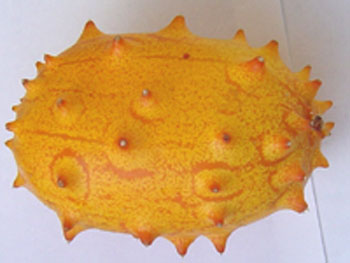 |
Cucumis metuliferus Horned Melon |
 |
Cucumis zeyheri South African Spiny Cucumber |
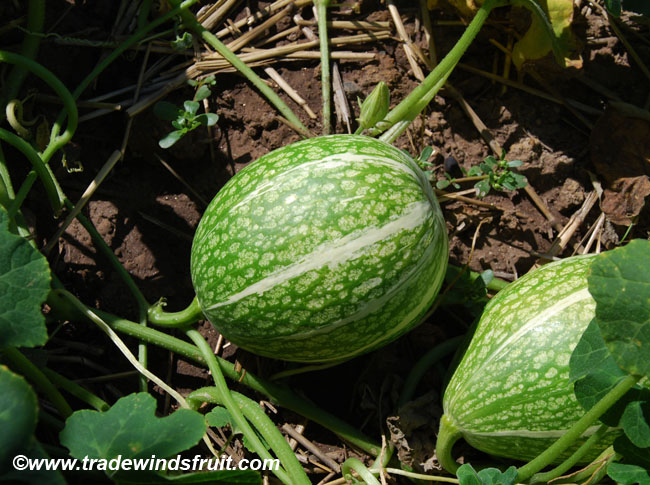 |
Cucurbita ficifolia Malabar Gourd |
 |
Cucurbita pepo Spaghetti Squash |
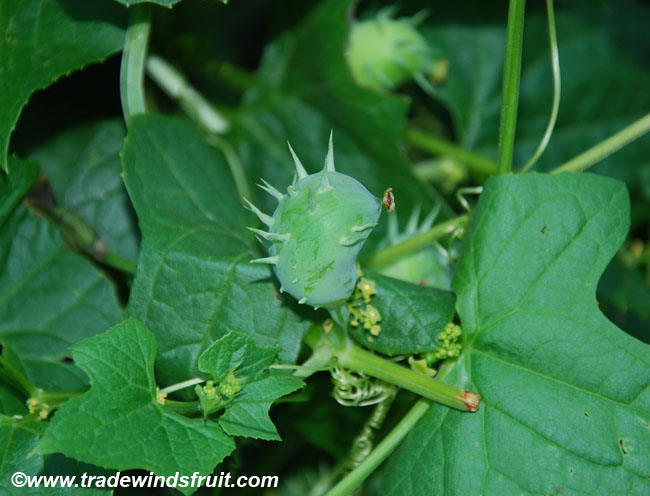 |
Cyclanthera explodens Exploding Cucumber |
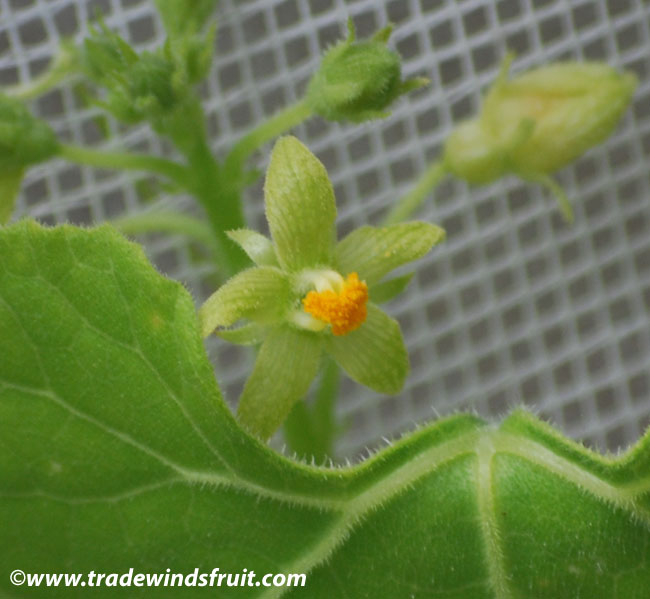 |
Kedrostis leloja Kedrostis leloja |
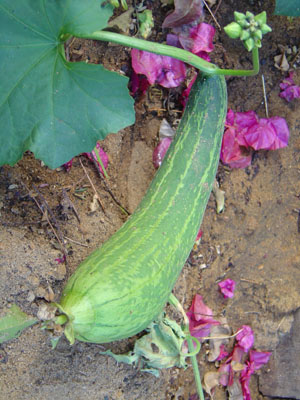 |
Luffa cylindrica Luffa |
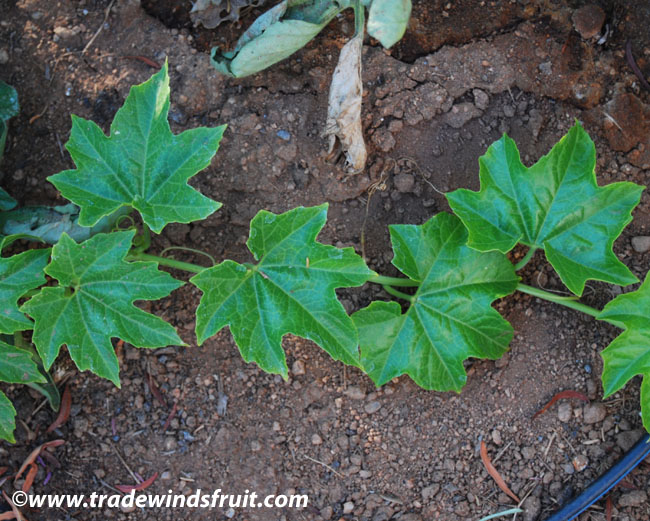 |
Sicana odorifera Cassabanana |

